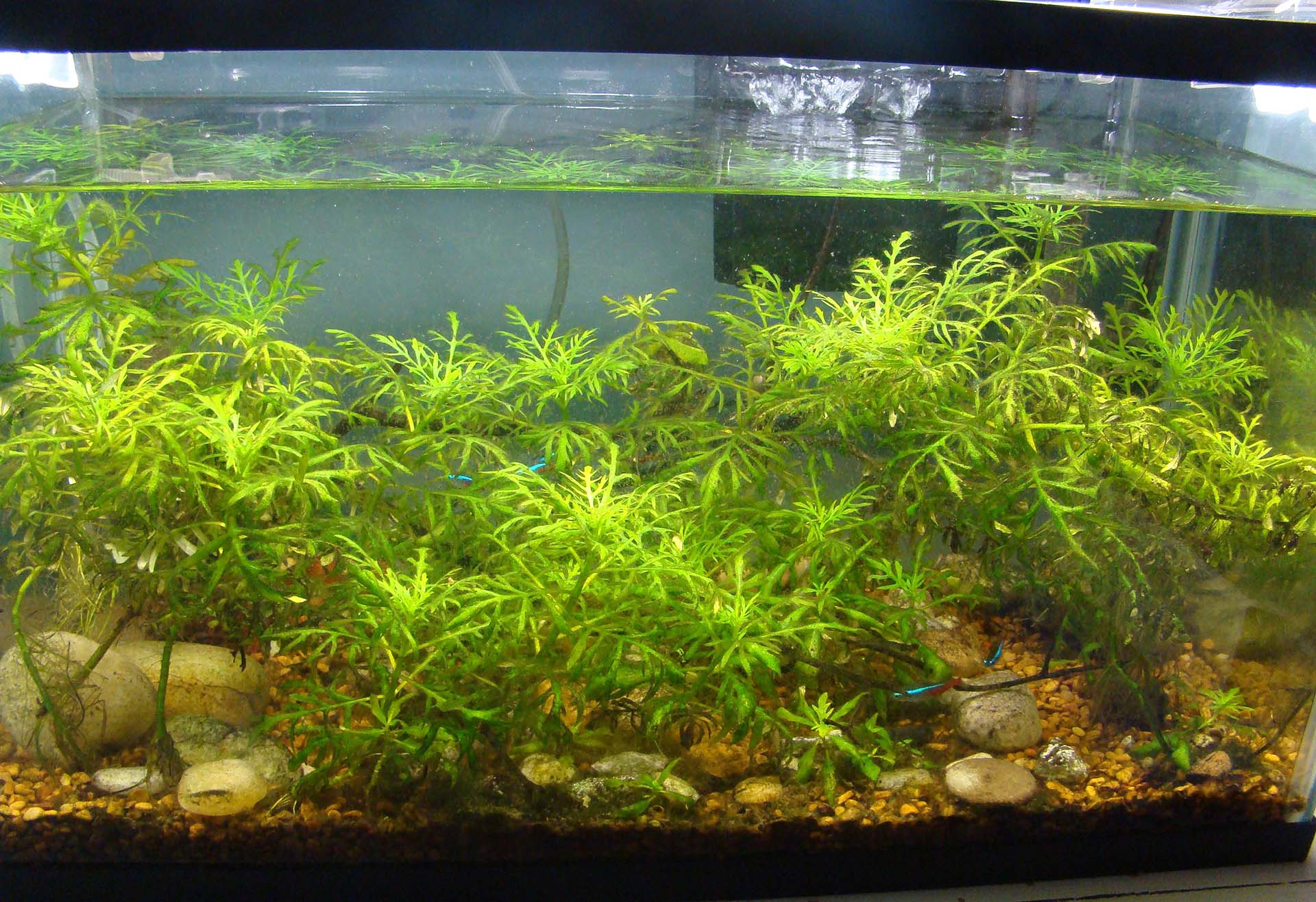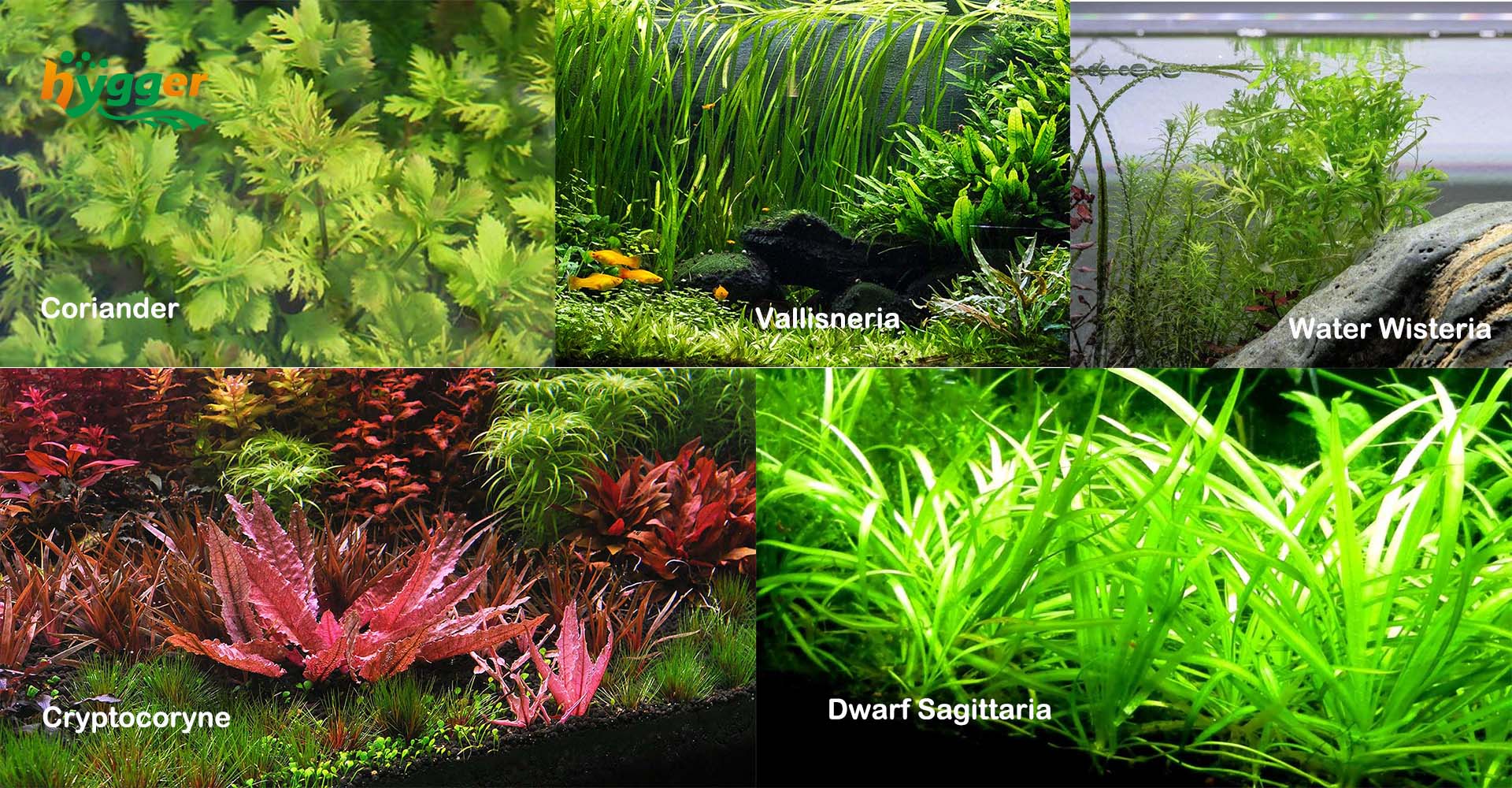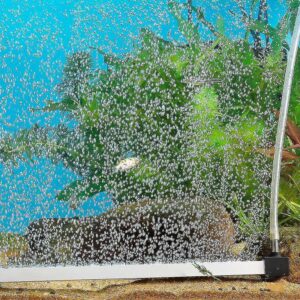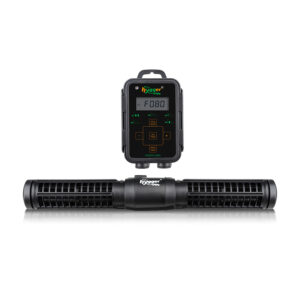Wild aquatic plants are a cheap source for the aquarists to make their tank alive with vegetation. It’s a great source to create a local biotope, As you are collecting them from your neighborhood. It does not require a huge budget to spend on plants and almost minimizes plant research.
Content Table
However, it would help if you have a proper way to collect, grow, and take care of wild plants in aquariums. The following discusses all these points.
What Are Wild Plants? Distribution, Types, and Characteristics
Wild aquatic plants are plants that are naturally water habitats and can grow without human intervention.
Growth Distribution
The foremost factor that controls the growth of wild aquatic plants is water availability. The other factors are nutrient availability, wave distribution, and salinity. You can equally find them in fresh and saline water.
Types of Wild Aquatic Plants
Aquatic plants are classified into four major classes.
- Algae
- Floating-Leaved Plants
- Submerged Plants
- Emerged Plants

Characteristics of Aquatic Plants
There are a few characteristics that every aquarium plant holds. These characteristics help them to differentiate from the rest of the plants.
- A thin waxy layer over the leave
Aquatic plants have no thin waxy layer called cuticles over the leaves. There is no need for it because I have already submerged the leaves in water.
- Low Rigidity
As the water pressure helps them maintain their structure, leaves tend to have less rigidity than terrestrial plants.
- Feathery Roots
Roots are small, feathery, and thin and always submerged in water. Moreover, roots are freely spread everywhere to intake the required oxygen.
- Flat Leaves
They carry flat leaves that are always spread over the water surface, except for emerging aquatic plants.
- Air Sacs
Leaves also have air sacs that help them to always float over the water’s surface and encounter water buoyancy.
- Open Stomata
Open stomata are another key feature that is exclusively for aquatic plants as they don’t need to store water.
Wild Aquatic Plants for Aquarium
Here is a list of wild aquatic plants for freshwater growing, it is a funny thing.
Coriander
Coriander roots can transfer oils and enzymes to fish. This helps protect the fish from parasites in dirty water or polluted fish food. They grow at a quick pace in medium lighting and require a bit of a temperature of 22-28 °C.
Java Moss
These wild plants fill the tank by creating beautiful scenery. They have clustered oval-shaped leaves. They grow at a slow and steady pace with almost 1-1.5 inches per month. These plants require a bit of a cold temperature, i.e., 69-75°F.
Cryptocoryne
This is another famous type of aquarium plant. Long and lanceolate in shape, tapering to a pointed tip, leaves are the signature of Cryptocoryne. Their growth speed is medium. Room temperature is best for the optimal growth of these plants, i.e., 71 – 86°F.
Dwarf Sagittaria
Long Arrowhead-Shaped Leaves are the signature shape of Dwarf Sagittaria. They grow at a fast pace, therefore it requires proper trimming otherwise they will overpower the tank. The optimal temperature for the growth is 64 to 79°F.
Vallisneria
Stalkless, linear, flat, and thin leaves indicate wild Vallisneria. It’s a fast-growing plant, therefore it requires proper and often trimming. You can grow them under a wide range of temperatures, i.e., 68-82.5°F.
Water Wisteria
Slender and deeply notched-shaped plants are water wisteria signatures. These are also fast-growing wild plants and require often trimming. High temperatures are best for their growth.
Amazon Sword
They have long and oval leaves as the name indicates. Amazon Sword is suitable for beginners regarding slow and steady growth rates. Heather requires 72 – 82°F for optimal growth as it thrives in that temperature range.

How to collect aquarium plants? Key points with precaution
It is great to fill your tank with locally grown aquarium plants from the wild. Collection and growing can be a bit difficult, but by adopting the following procedure, everything will be fine.
Best Weather
Winter is great because there are fewer bugs, but in spring there are more plants to collect in water.
Clean Plant Soundings
Before picking the plants, clean the surroundings of the plant.
Plant Collection
To collect underwater plants, use a shovel, scissors, and fresh-keeping bags to wrap their roots.
Cleaning
Bring all of them home and wash them under tap water carefully before putting them into the tank.
Quarantine
After cleaning, soak them under tap water for a whole long day.
Plant Inspection
Inspect each plant, so there should be no pests around any plant.
Precautions
- Don’t clean them with chlorine as it can damage the root.
- Adjusted the aquarium’s environment to suit the plants or plants them as middle or before the ground.
Benefits of wild aquatic plants
Cultivating wild aquatic plants in aquariums carries several benefits. These benefits are multidimensional, i.e., the effect on fish, fish tank maintenance, natural filtration system, and fish food.
Ecosystem maintenance
They help maintain the tank’s ecosystem, i.e., they intake excessive nutrients and carbon dioxide and reward with oxygen to the tank.
Natural Filtration
Live plants can also act like a natural filtration system.
Control over Algae Growth
Live plants help to combat the microalgae issues, i.e., macroalgae. Macroalgae are in the top order in the food chain as compared to others. Therefore, it stops the growth of microalgae by using the nutrients, ultimately causing them to die.
Salad for Fish
Live plants also serve as food for the livestock in the saltwater tank.
Natural Environment
Wild plants serve as an entertaining refuge for pet fish. Which ultimately leads to improvement in aquarium inhabitants’ health.
Aesthetic Enhancement
You can use them to make the tank look better by choosing different colors, backgrounds, textures, and more.
Final words
Using wild plants is an interesting way to create local biotopes in your home. Learning about the growth pattern can help you to understand where you can find them. Characteristics of the plants are the learning point before filling up your aquarium.
Types will make selection easy, and advantages will entice you to grow local wild aquatic plants in the aquarium.


Leave a comment